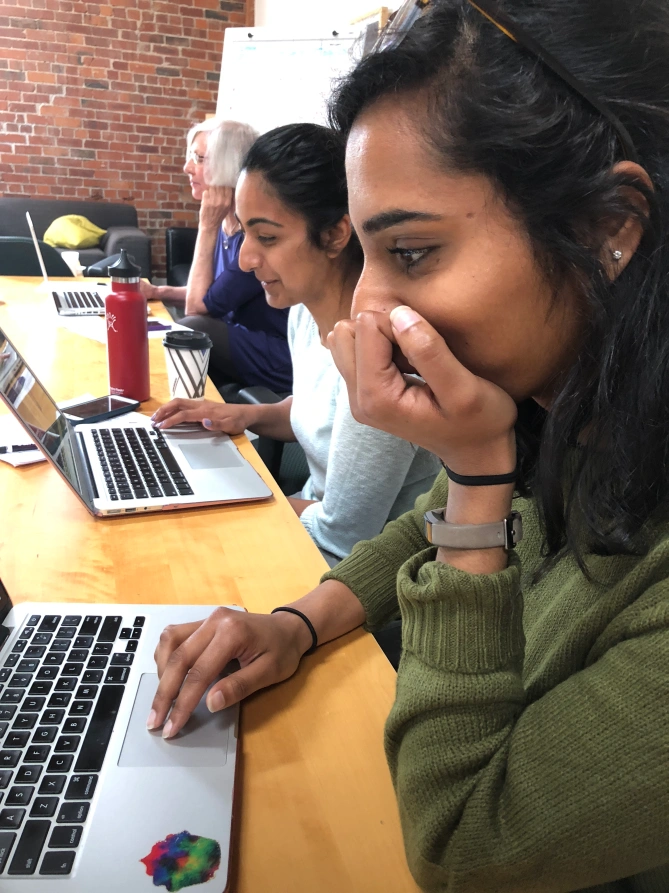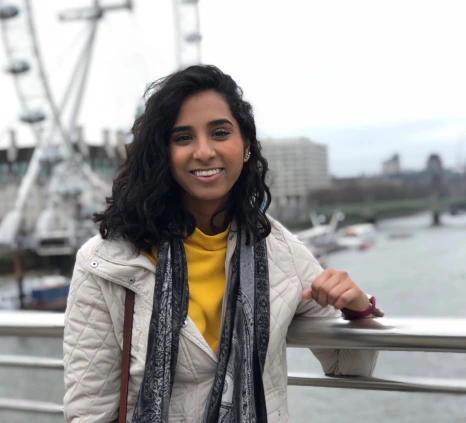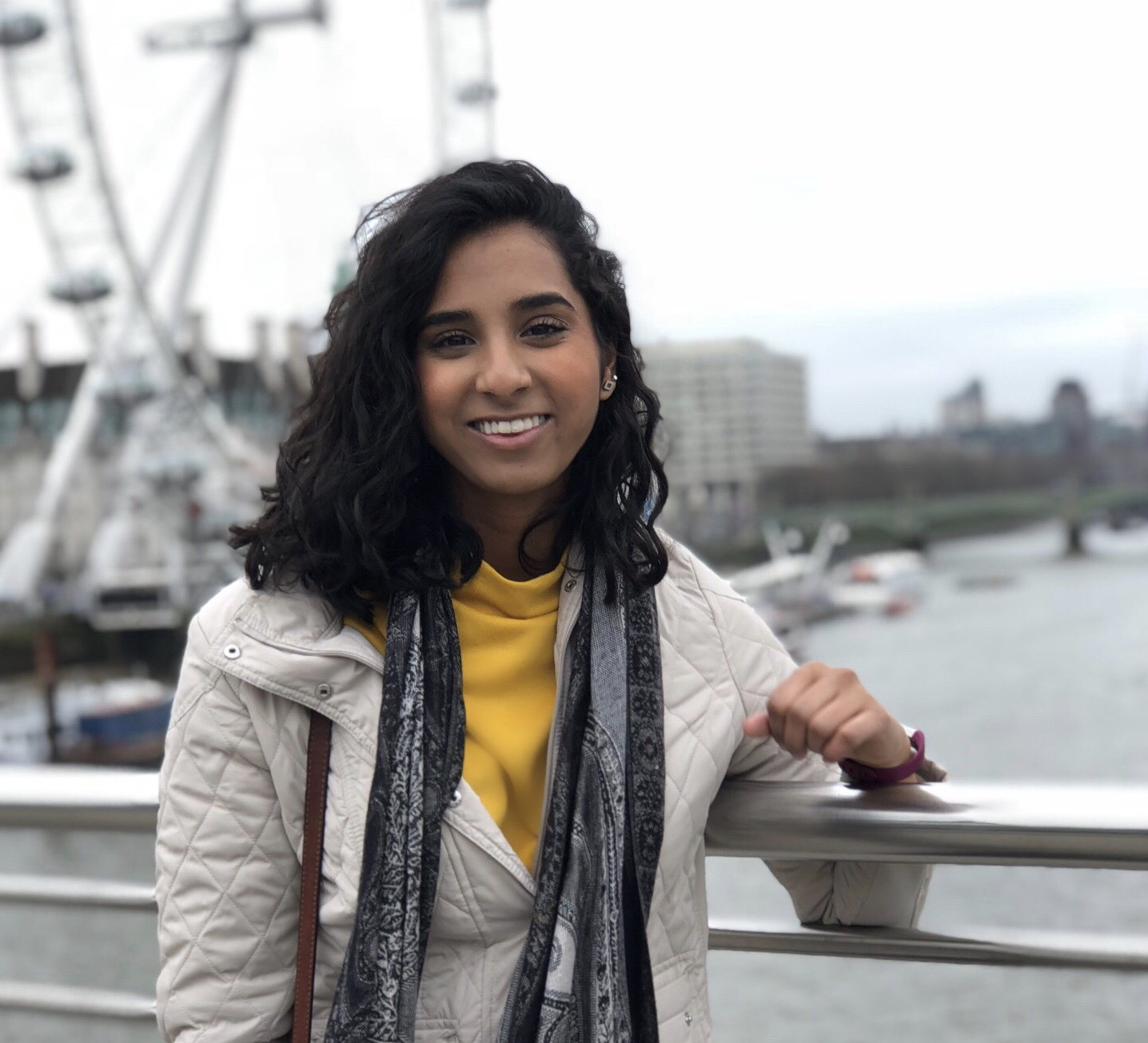By Salma Qamruddin
Female genital cutting (FGC) sounds like a distant and antiquated practice, especially to those living in the US. Americans think FGC happens in remote African villages or in times of yore, but not locally and not now. Unfortunately, this is simply untrue. Sahiyo is an organization dedicated to opening up the conversation around modern FGC practices. Their 3-day workshop, Sahiyo Stories, invited women to break the silence around FGC by transforming each woman’s personal FGC story into a short film. These are my experiences attending Sahiyo Stories…
Unlike many of the other attendees, I am new to the sphere of activism. Although I’m just beginning to speak out against female genital cutting (FGC), Sahiyo Stories was a transformative point in my activism journey because it helped me refine my voice and allowed me to work among some of the trailblazers of FGC activism whose work is genuinely driving social change. From Severina Lem who has traveled the world working to unravel tradition-based cutting practices, to Renee Bergstrom who has created invaluable resources for victims of FGC to get proper medical care, and to Mariya Taher who co-founded Sahiyo with the goal of dismantling the practice through storytelling, every woman I met amazed me with their confidence and drive.
Though these accomplished women came from all places and all walks of life, our connection to one another was sparked almost immediately. Because we had to open our hearts to discuss such a personal subject matter, we all had to let our guard down by design. All of us carried trauma that few other people could relate to; it was refreshing to finally be in a room where everyone genuinely understood the pains we’d all experienced. From strangers to sisters, the respect and love in the workspace was tangible.
While preparing for Sahiyo Stories, I read up on what information was already available on FGC. Sahiyo partnered with a healthcare research firm to identify the biggest challenges facing activists speaking out against female genital cutting (FGC). Reading through the report, I was surprised how closely my journey to activism perfectly aligned with the “standard” journey for most activists. On one hand, I felt validated that I was not alone on my path and that there were others whose struggles were harmonic to mine. However, my story also felt less special. The goal of Sahiyo Stories was supposed to present unique experiences with FGC, but if I am a “cookie cutter” activist, what did I have to say that hadn’t been said? Even though I was not very confident in what my story brought to the table, I decided to share my first “a-ha” moment about FGC; the time when I realized that I had been cut.
Despite entering the workshop with some insecurity, the process of putting my story onto paper, editing the script and illustrating the words was cathartic. In order to translate my thoughts into a digital story, I had to boil my experience down to its core and dissect why this story matters to me. It was a process that involved deep reflection. As my story started to come alive, my confidence grew with it. One of the most beautiful moments for me was when speaking with Orchid, a Sahiyo Stories facilitator who believed that, “everyone has the best voice for their own story”. Both Orchid and Amy, the two StoryCenter staff members, had an incredible talent for pulling out the real meaning from a story and empowering us through the process. Even though the subject was heavy, talking through my story with them made my heart feel light.

Though the process of creating digital stories was helpful, the highlight of Sahiyo Stories was the screening of the completed products. We sat together, laughed together, and cried together as we watched the digital stories for the first time. The room was a stirring pot of emotions. As we watched each person speak their truth, we felt their emotions and their pain. Their words resonated with us, not only because we could all relate to FGC, but because the struggles were tied to themes that all humans experience: isolation, grief, family, tradition, and healing. The power of what we had created was instantly recognizable. Being a survivor of FGC is a multi-faceted experience. It affects so much more than just anatomy. Even though all of these stories are tied together by the common thread of FGC, they capture so many different components that no story is alike. Personally, when my story was screened, I felt a rush; it was proof that my voice is unique. It was validation that I, along with every person who has a desire to speak out, has something valuable to offer by sharing their voice.
Overall, Sahiyo Stories served as the catalyst in my personal journey down the road of activism and I’m excited to see what comes next…
To learn more about Sahiyo Stories, read:
More about Salma:

Salma Qamruddin works as a scientist based out of Chicago and is new to the world of activism. She works at calling attention to current FGC activist efforts through digital platforms and serves as the current Social Media Intern for Sahiyo. She hopes that Sahiyo Stories can be a tool that takes us one step closer to an open and honest conversation about the prevalence of cutting in this day and age.

